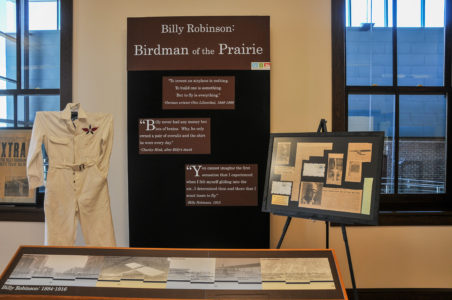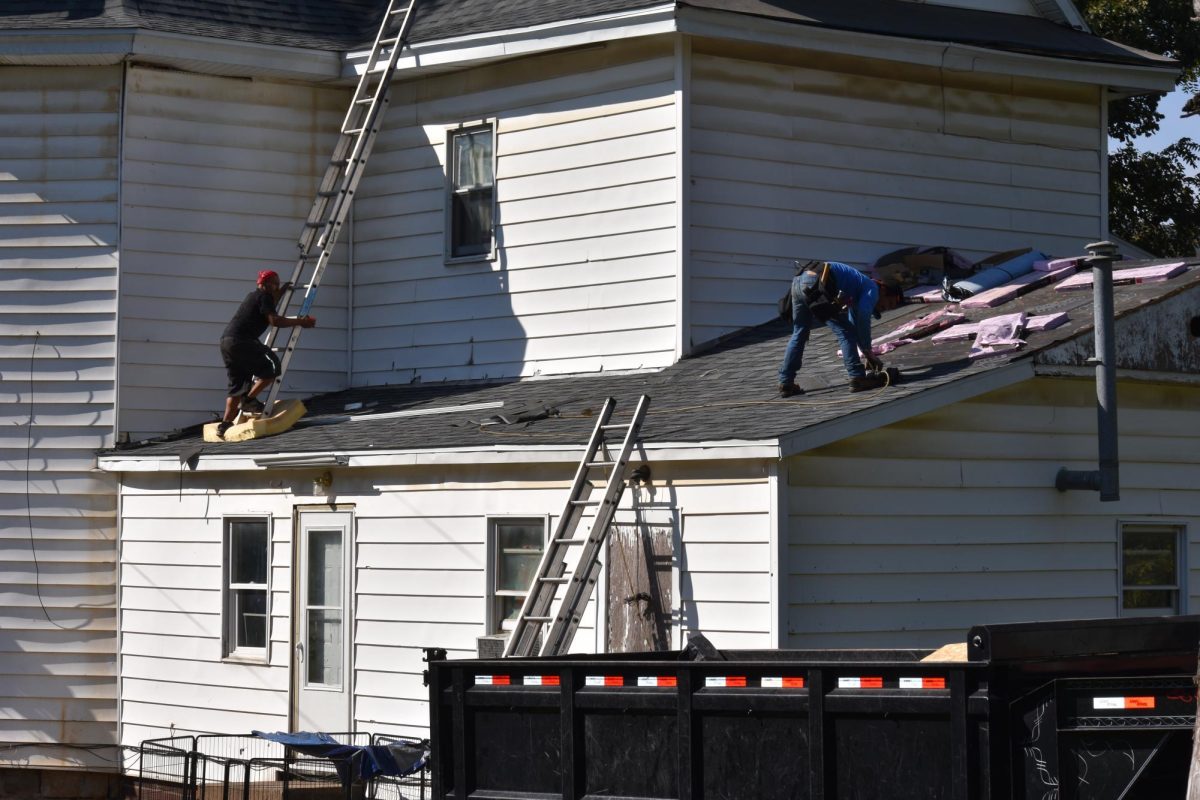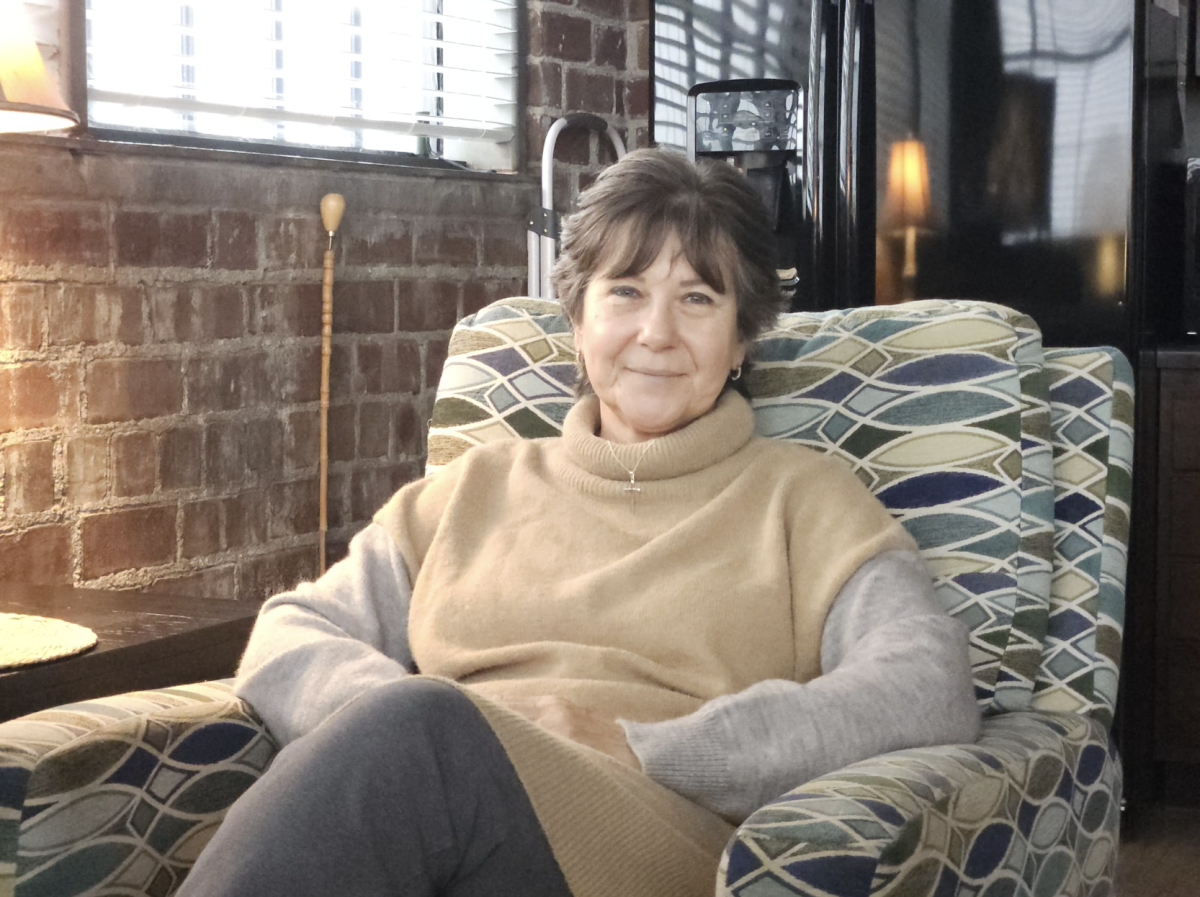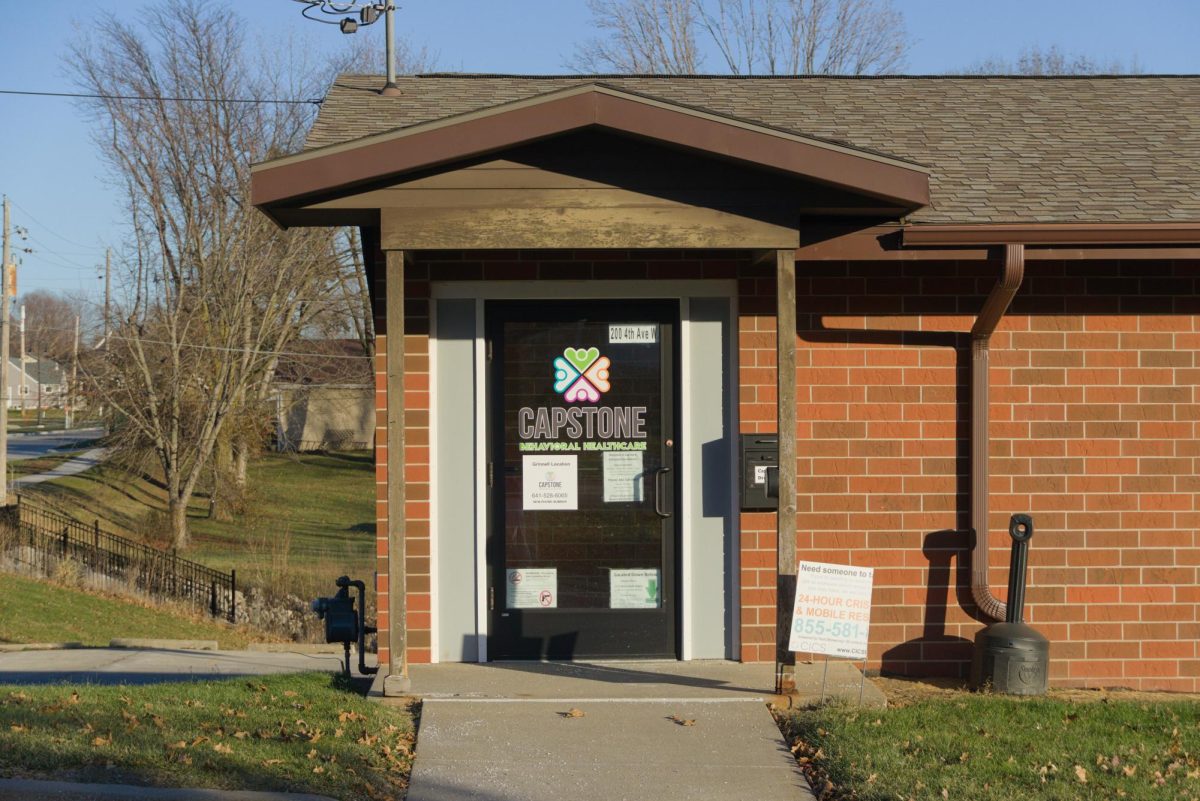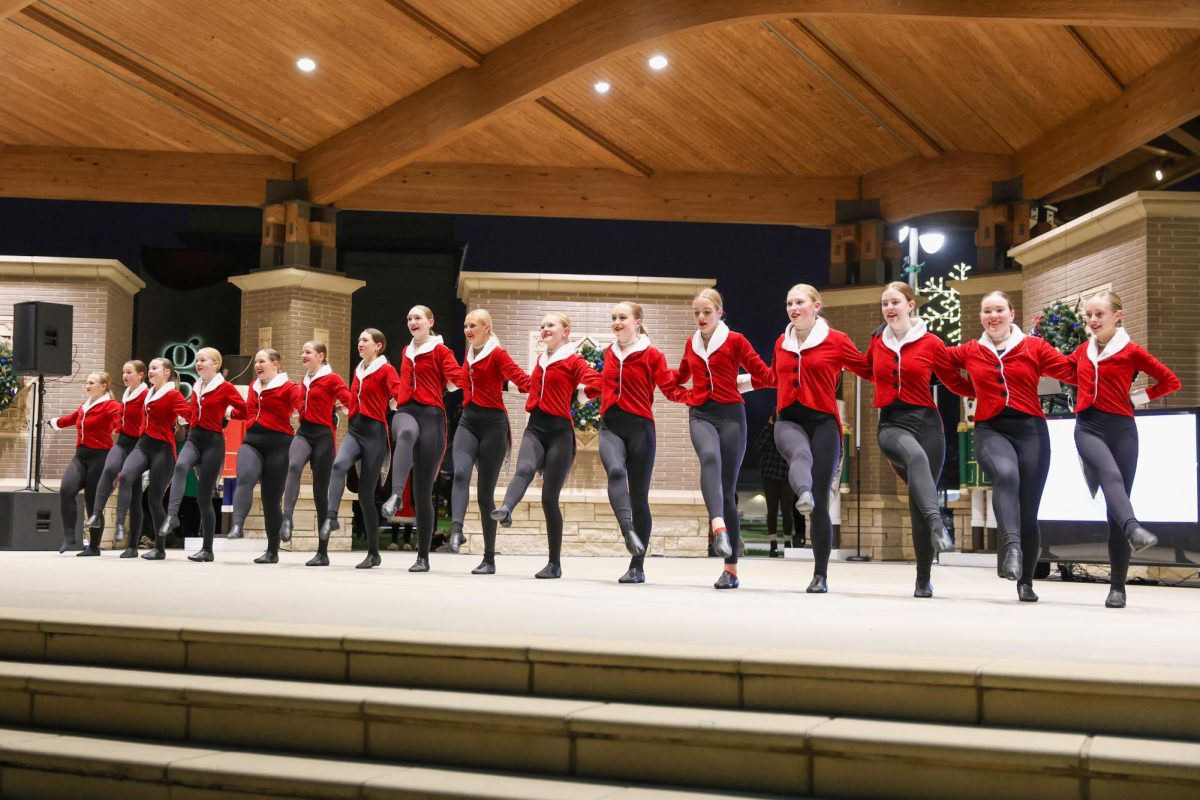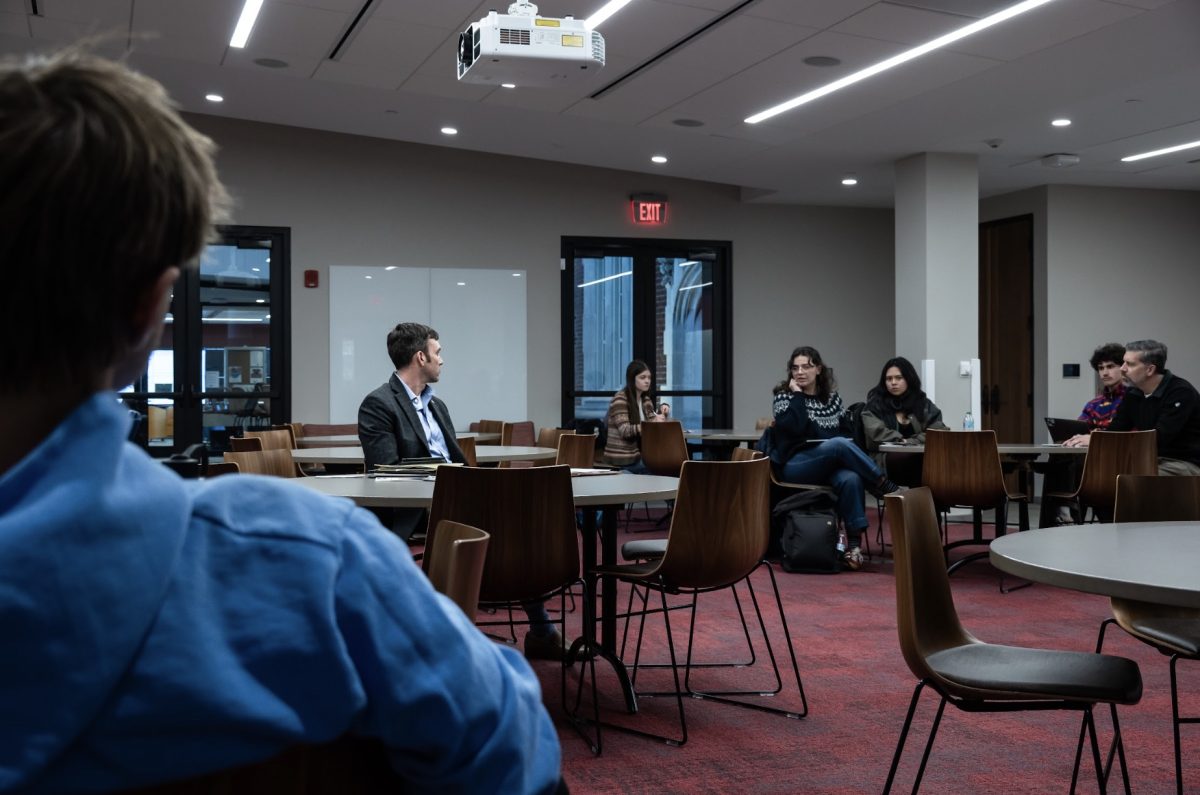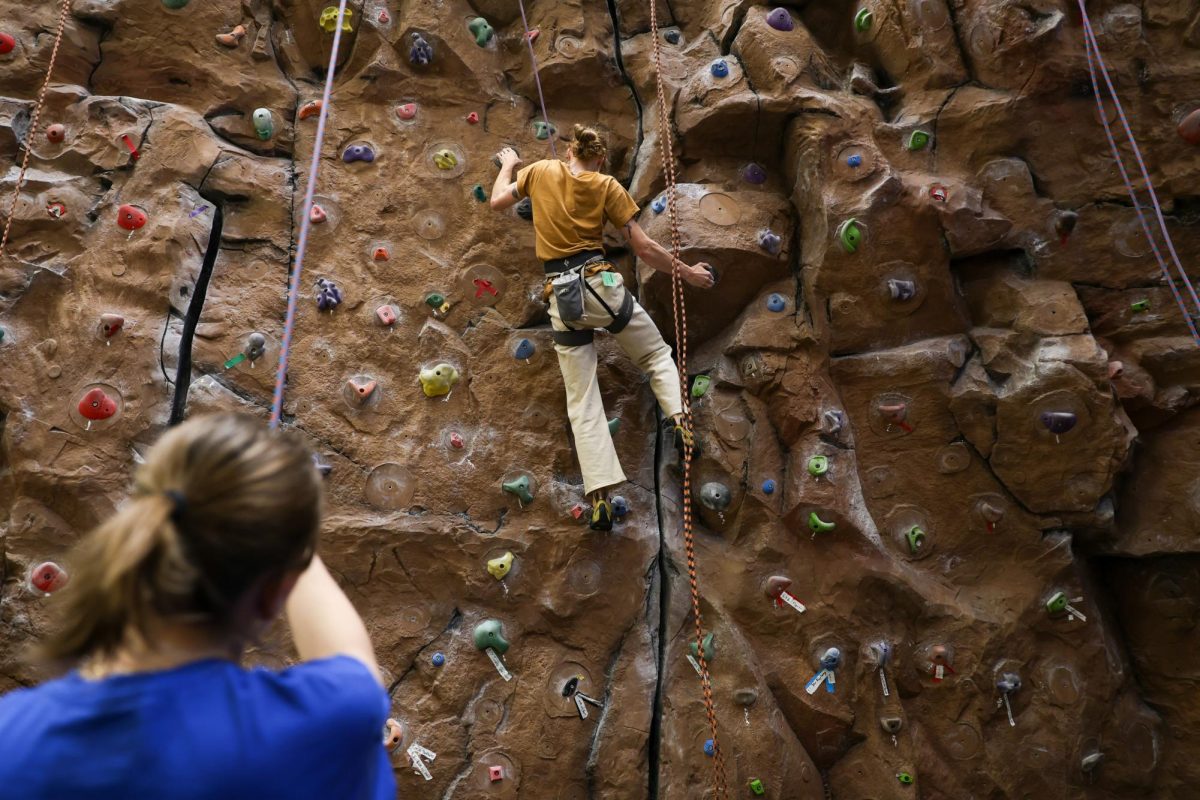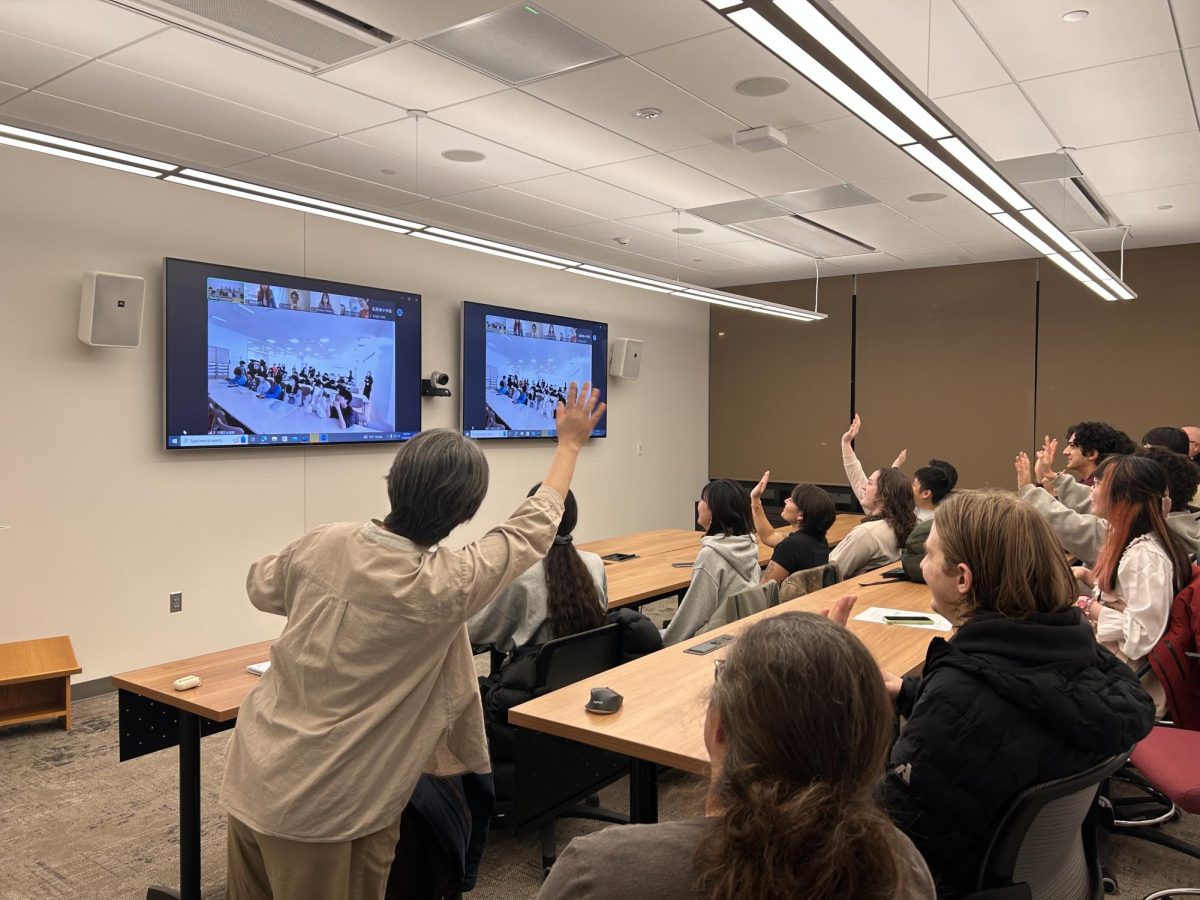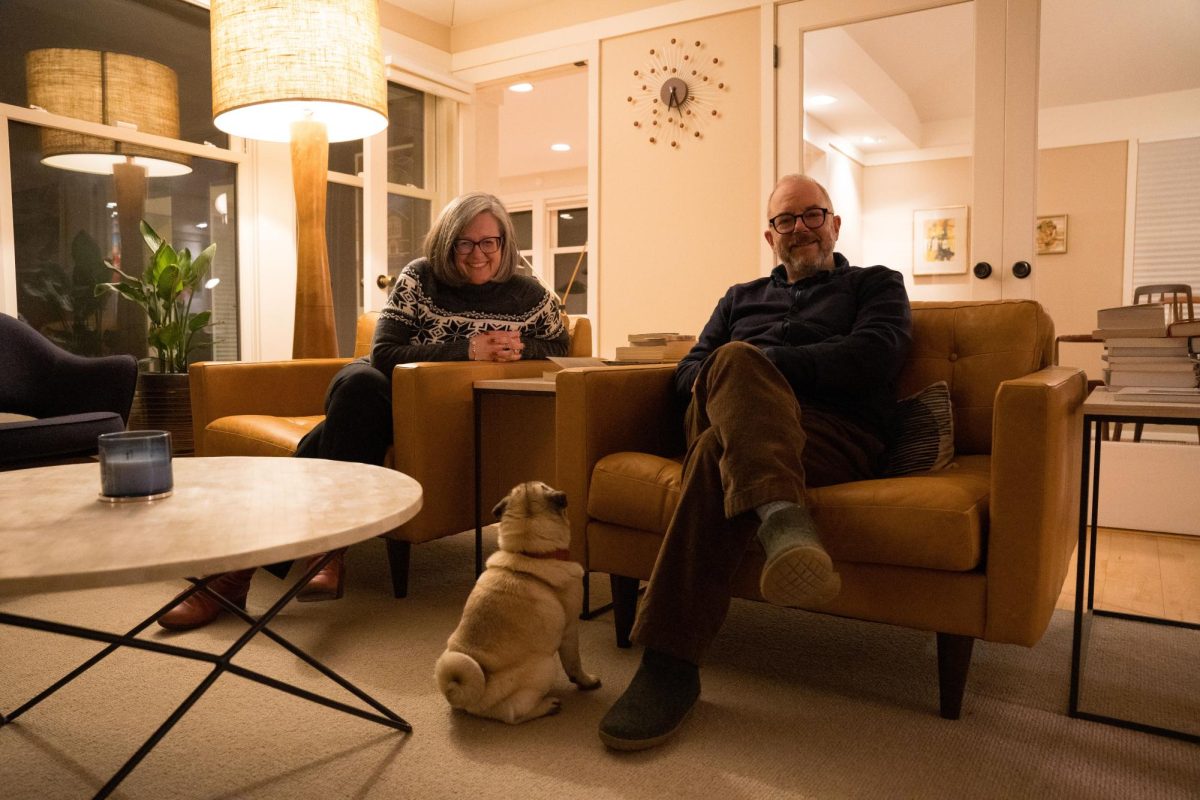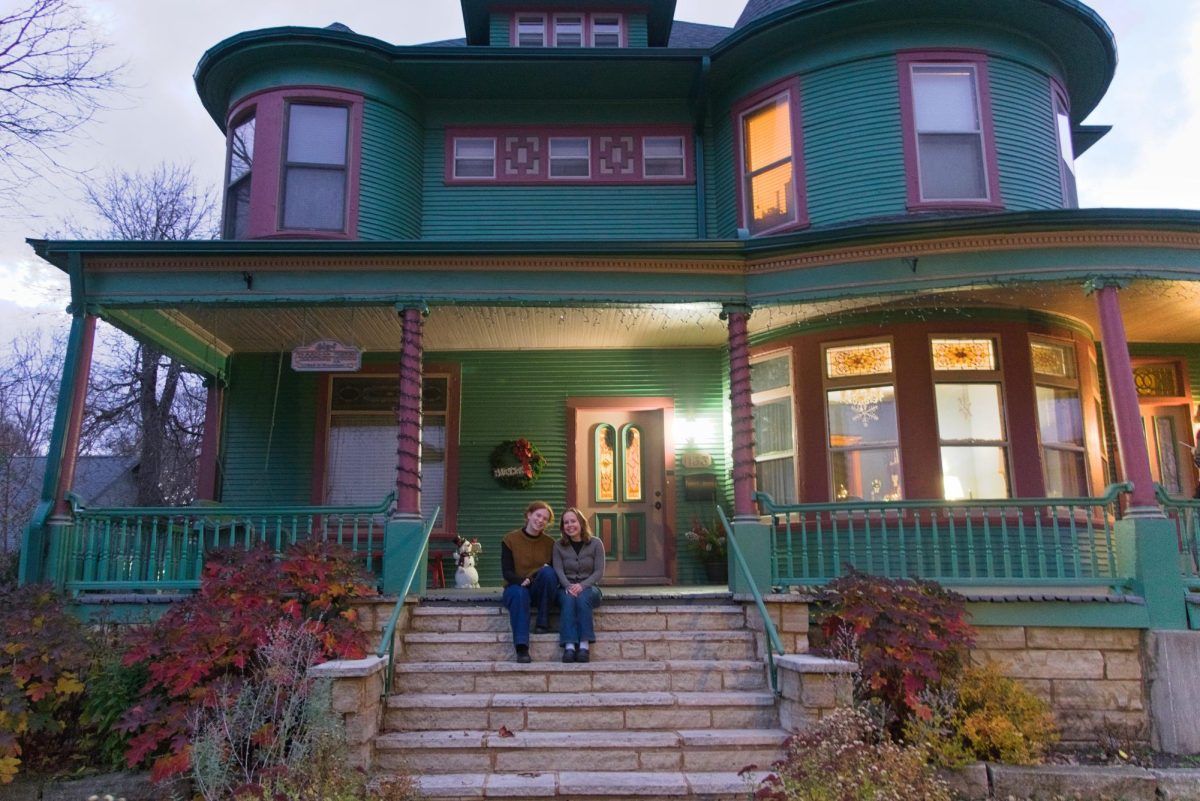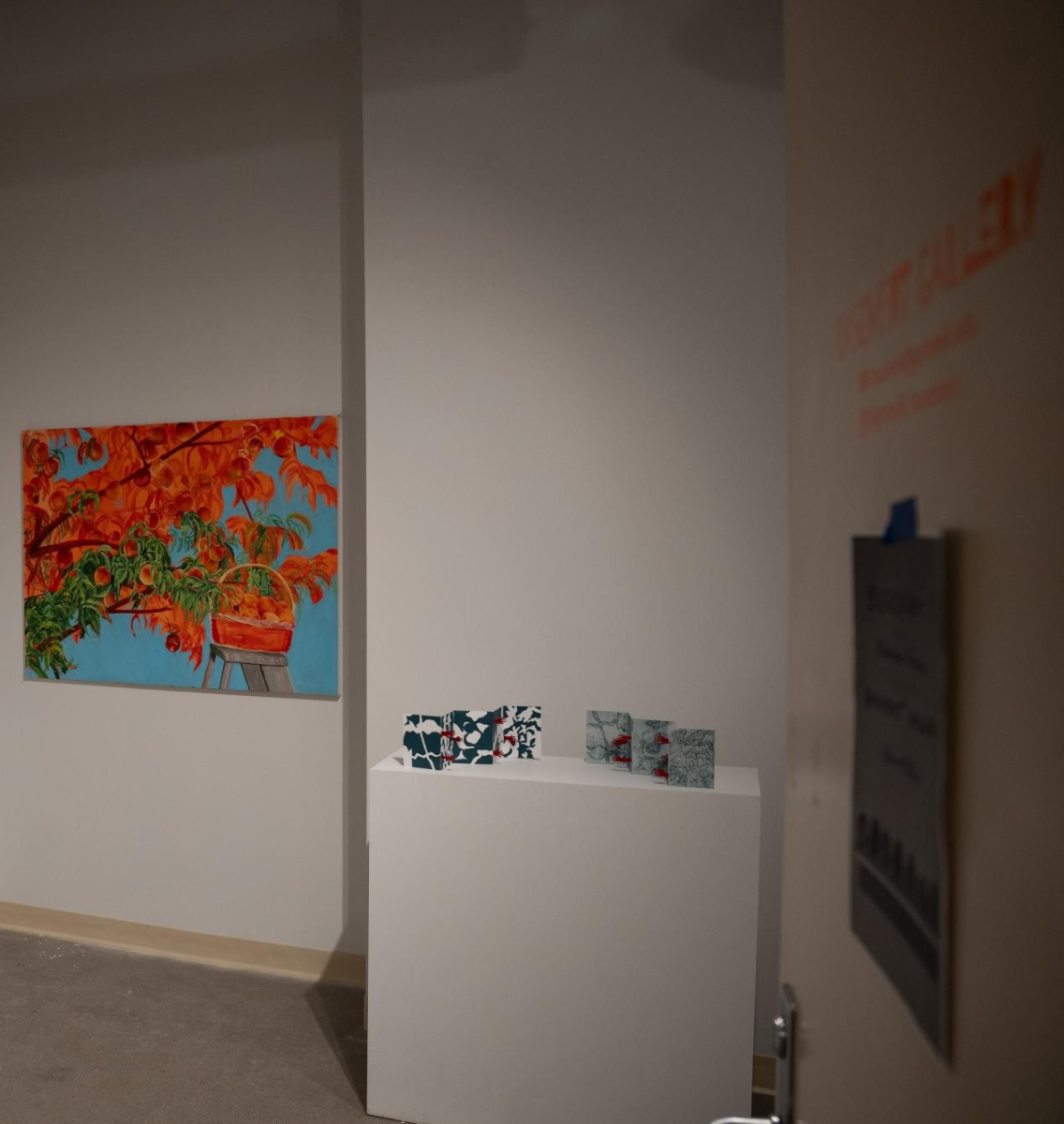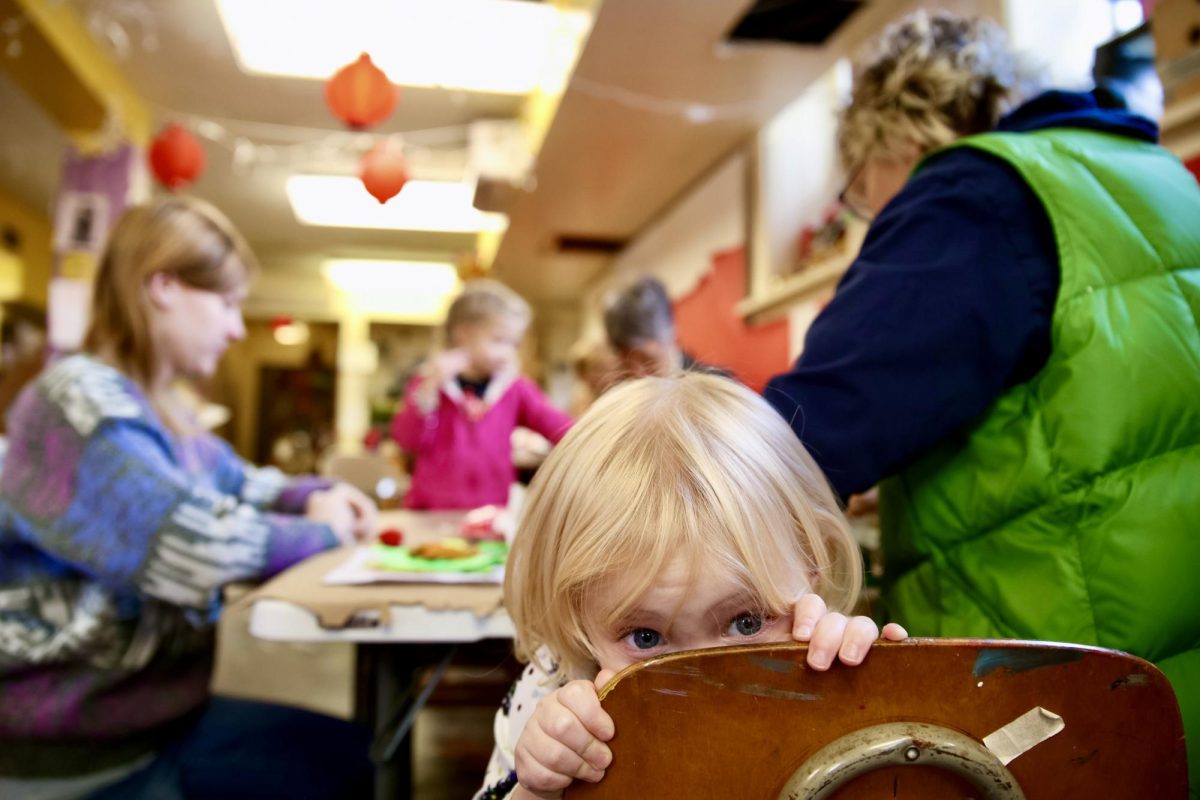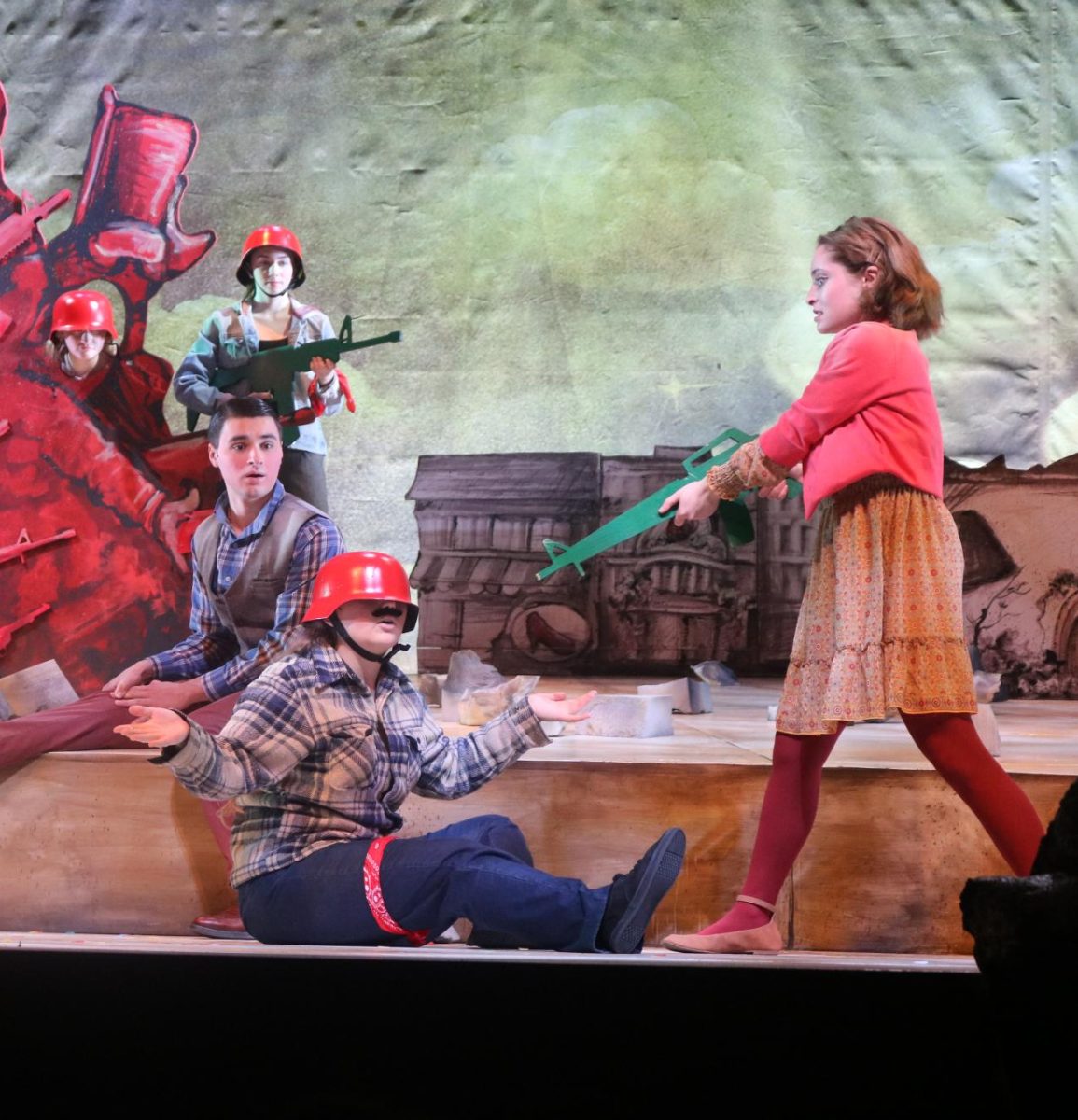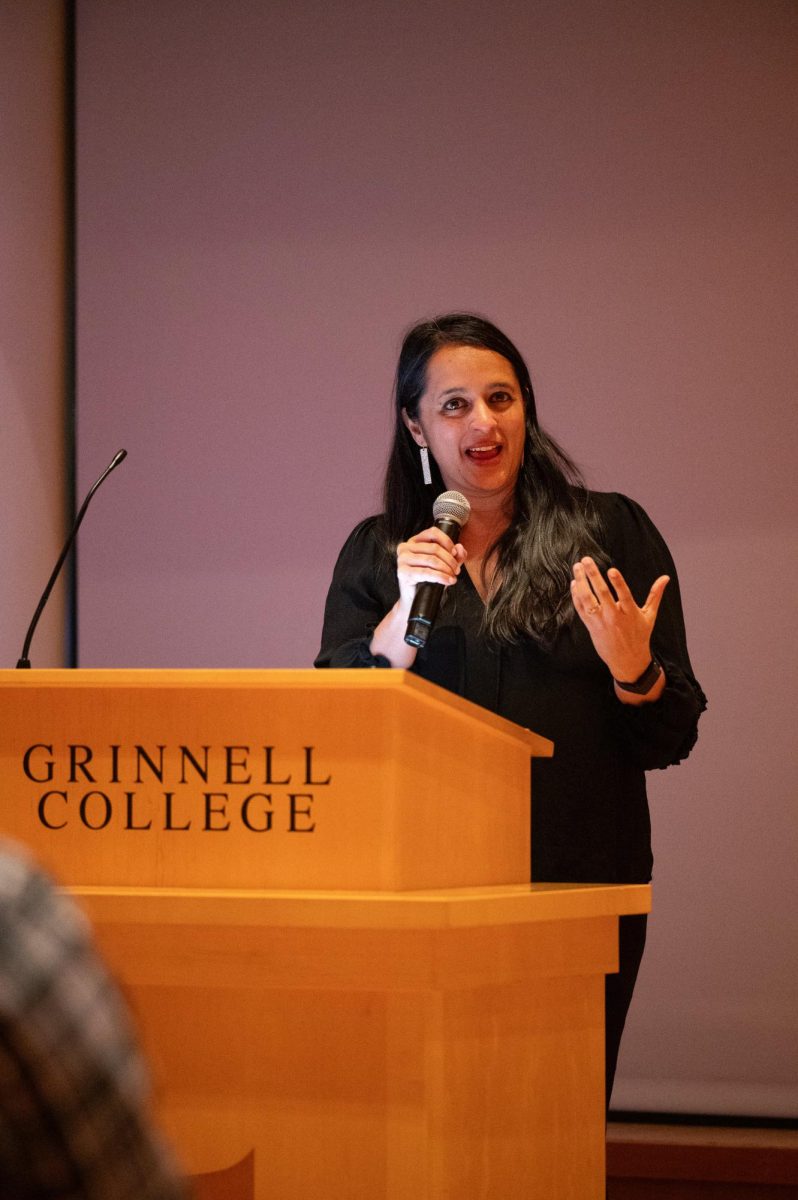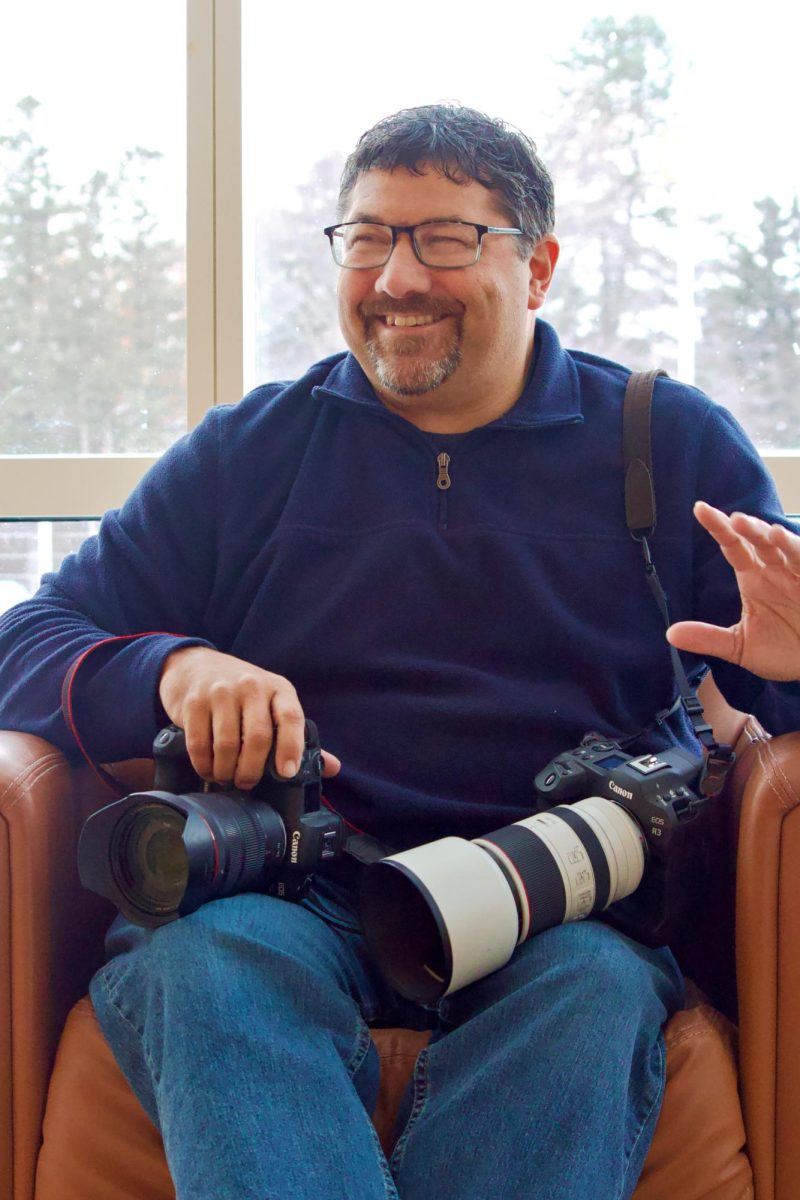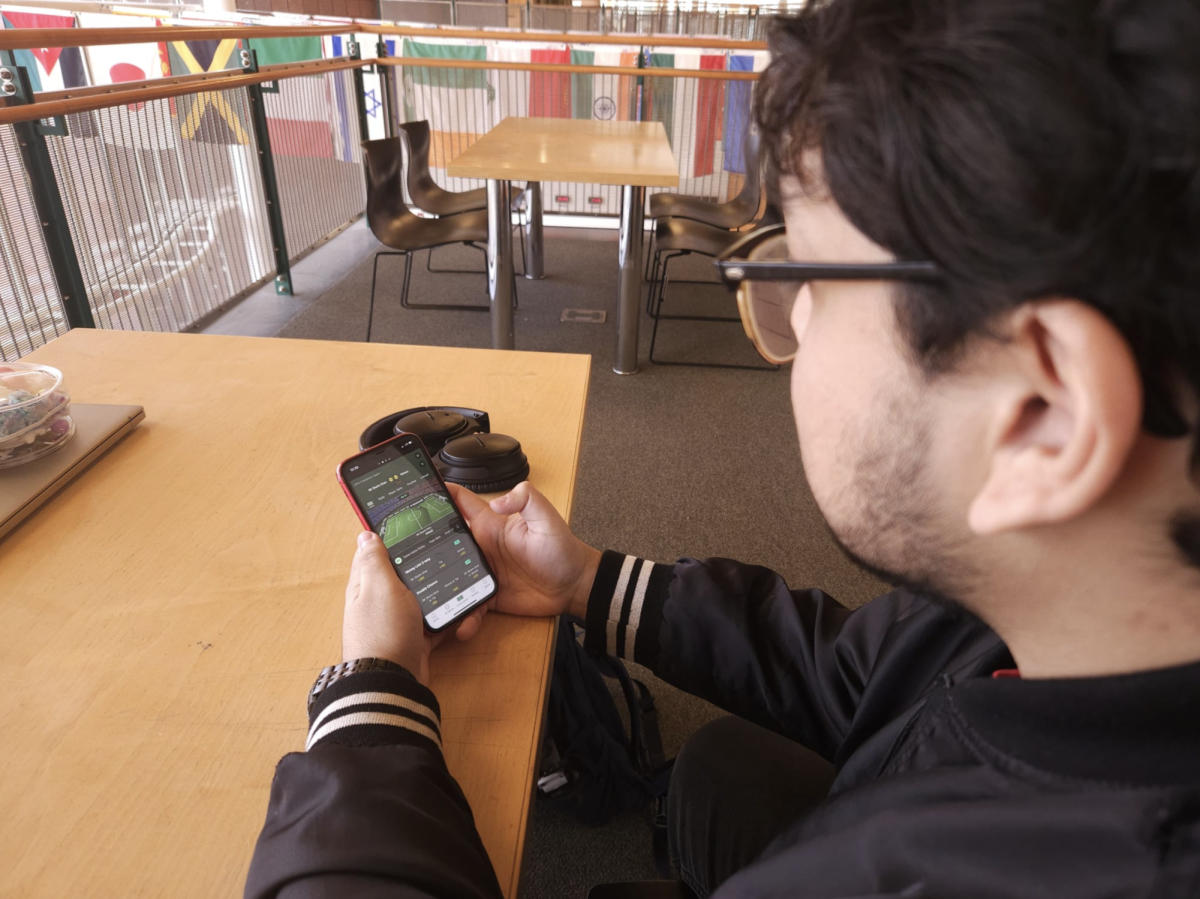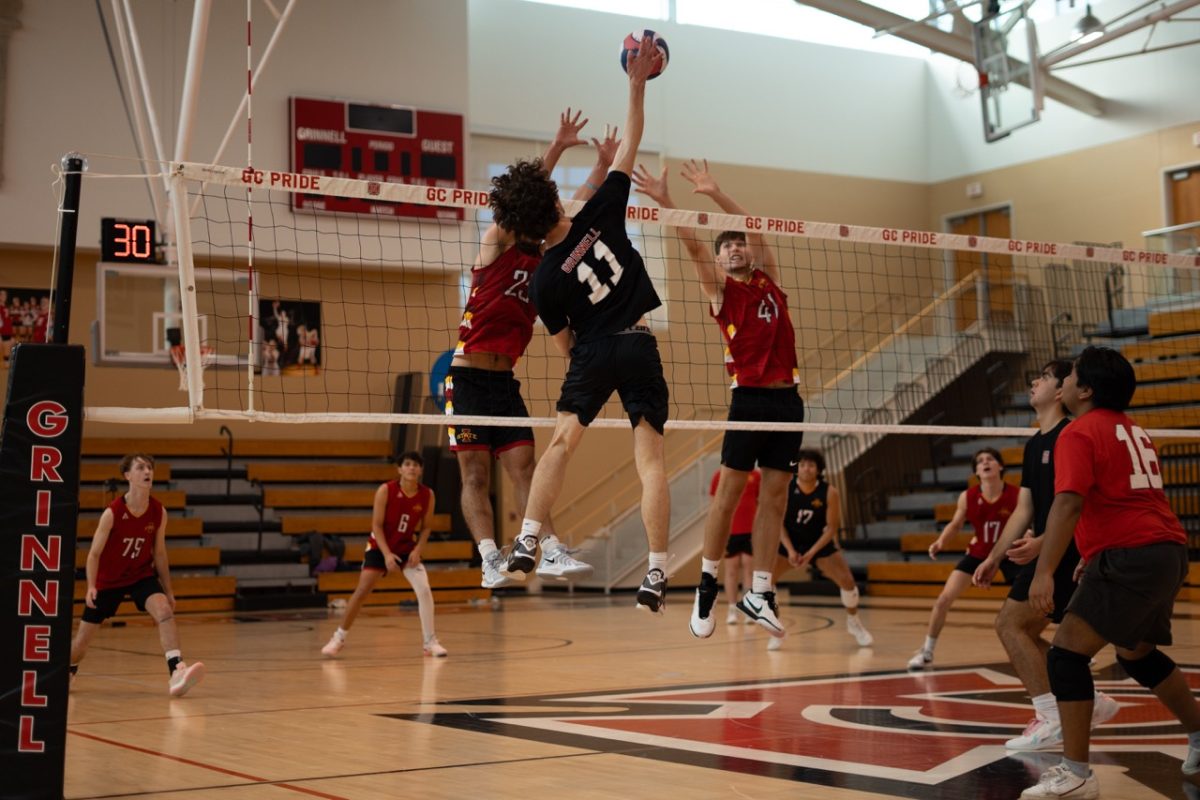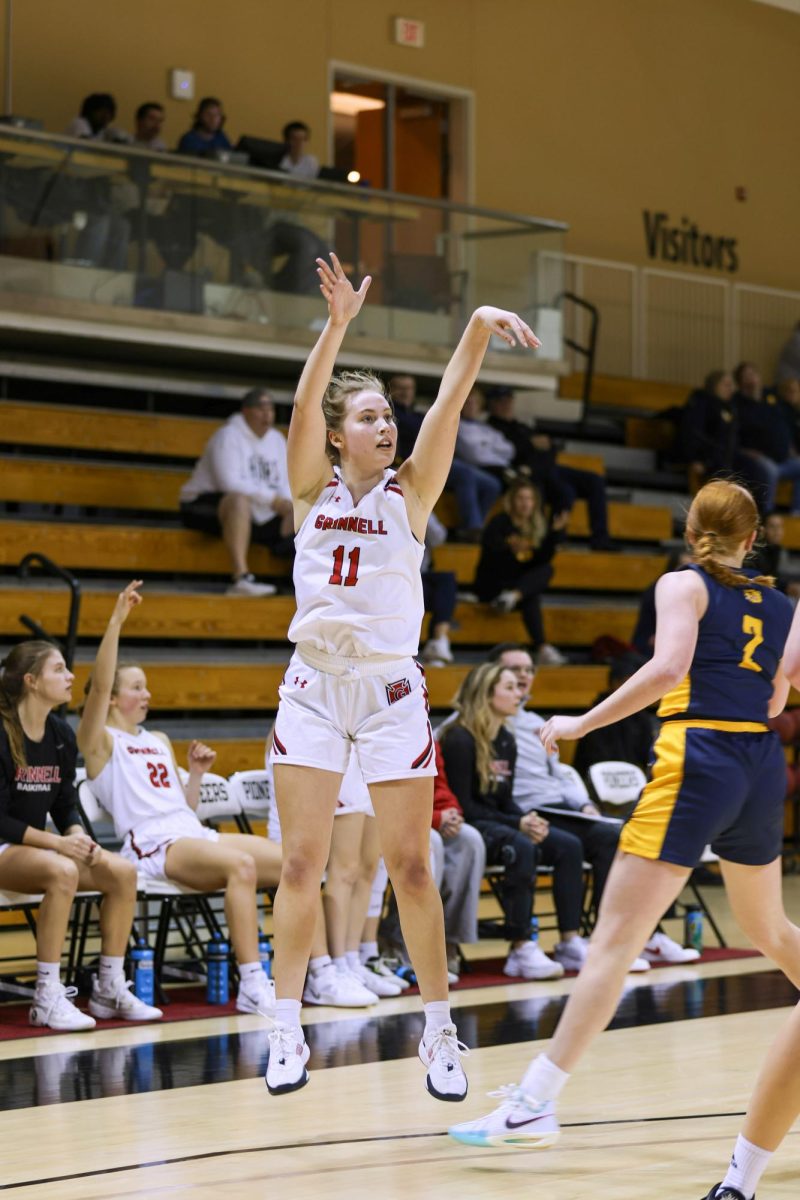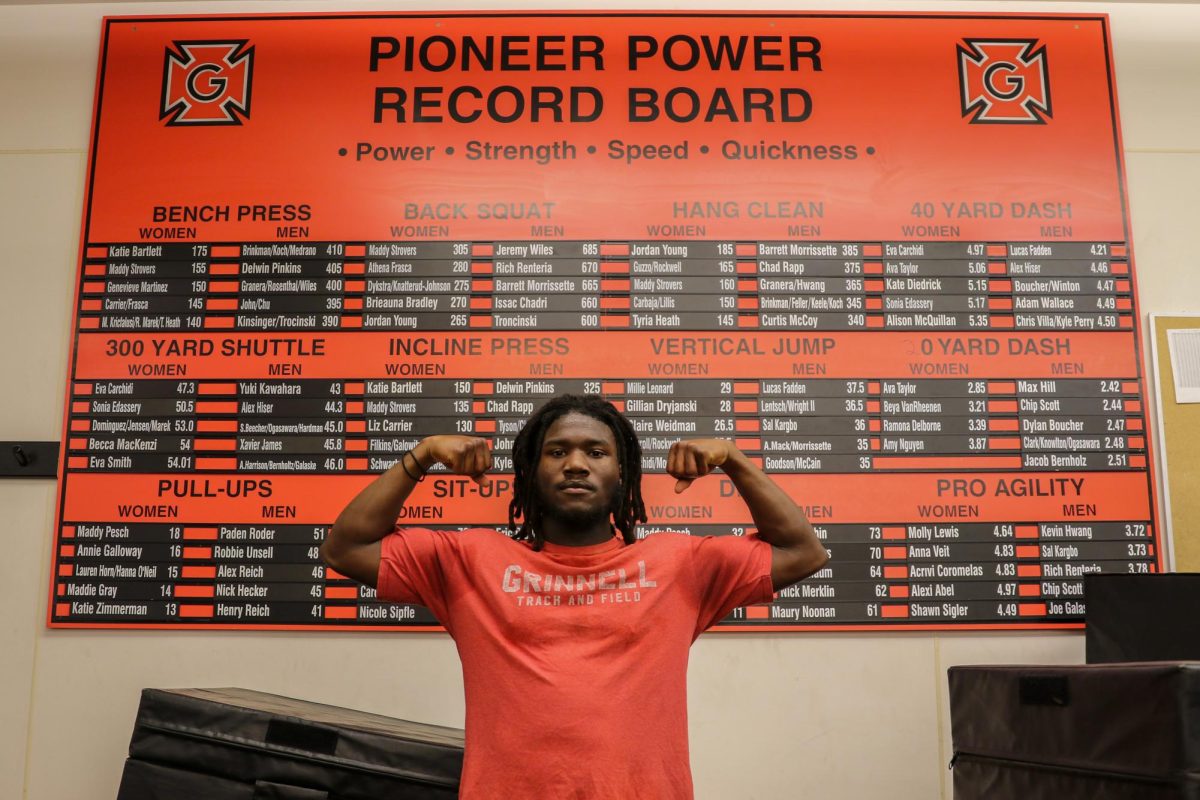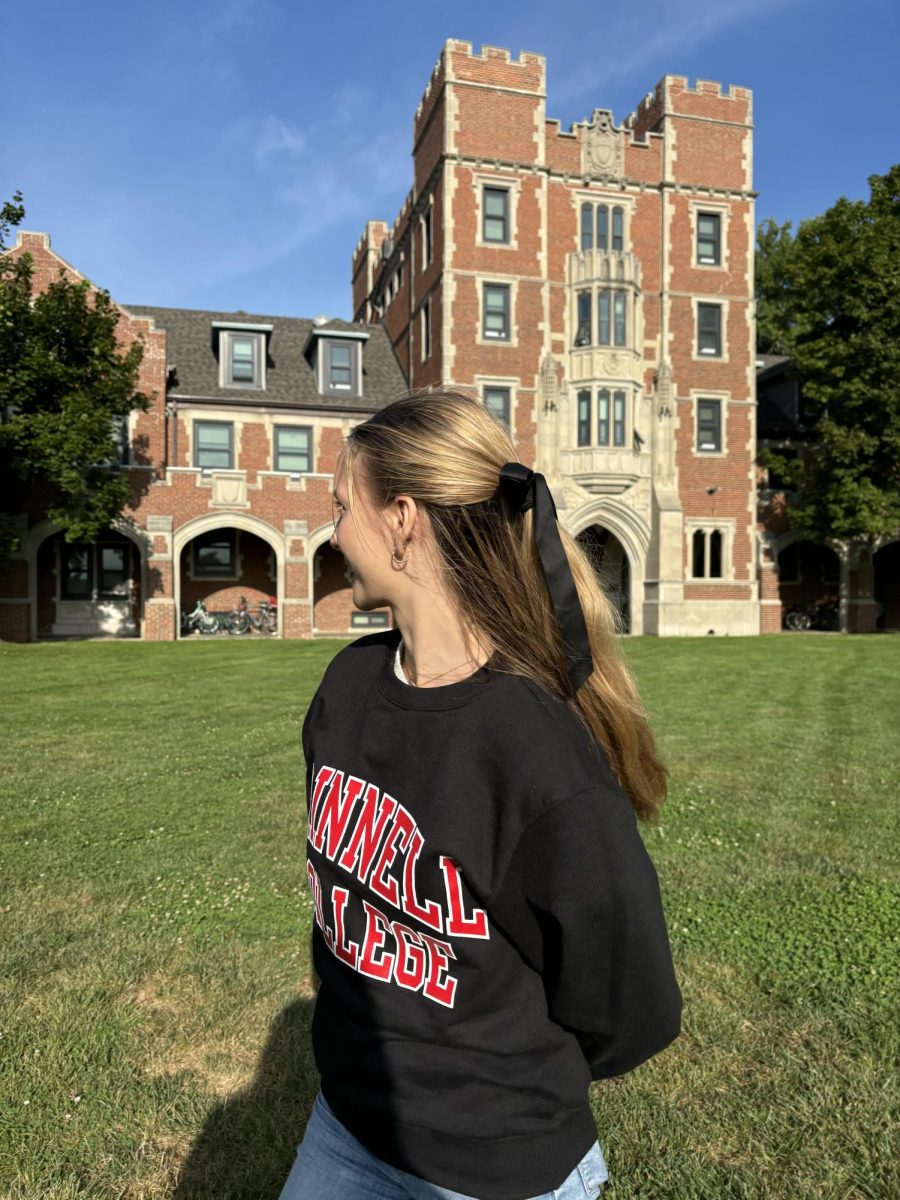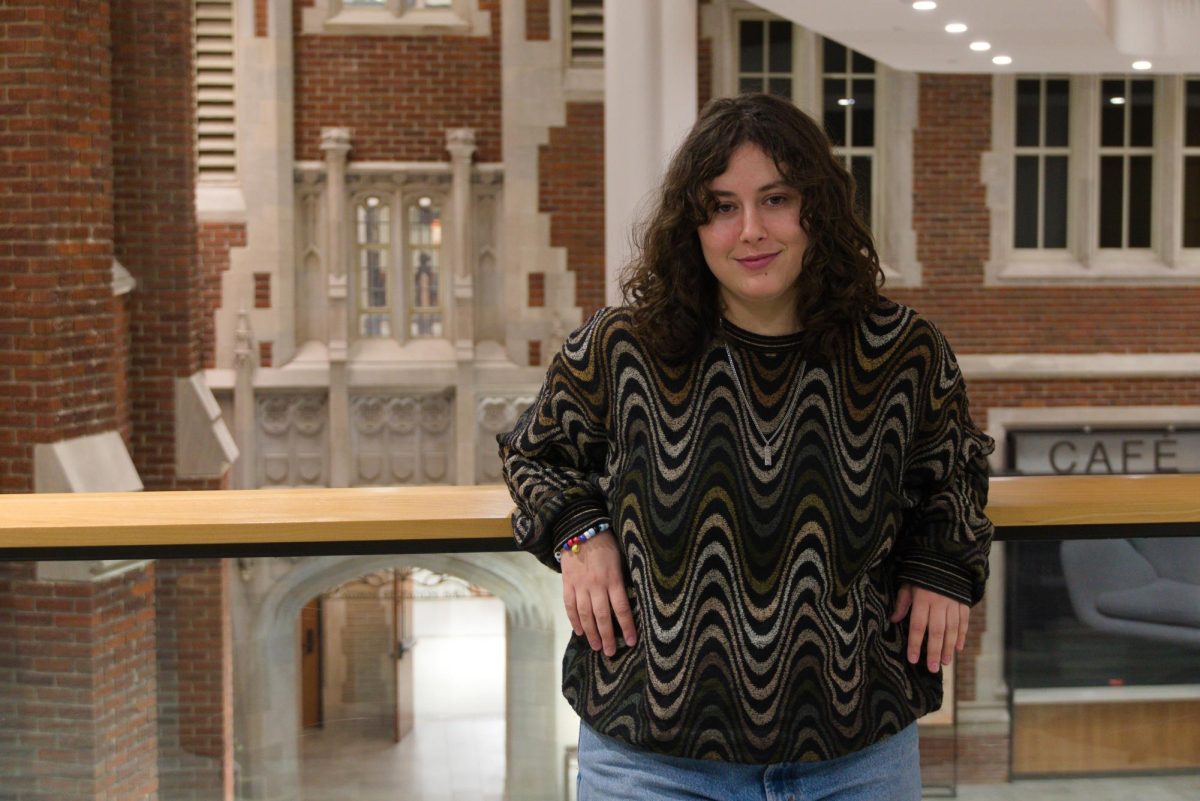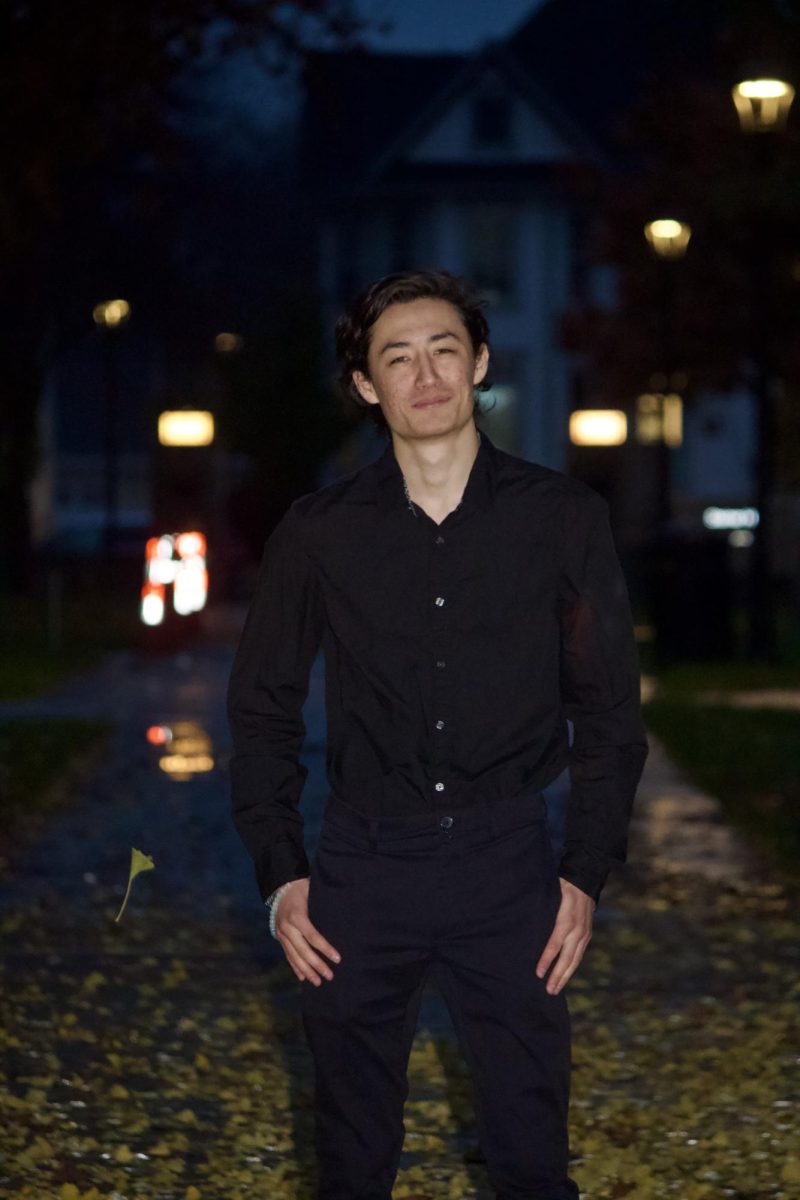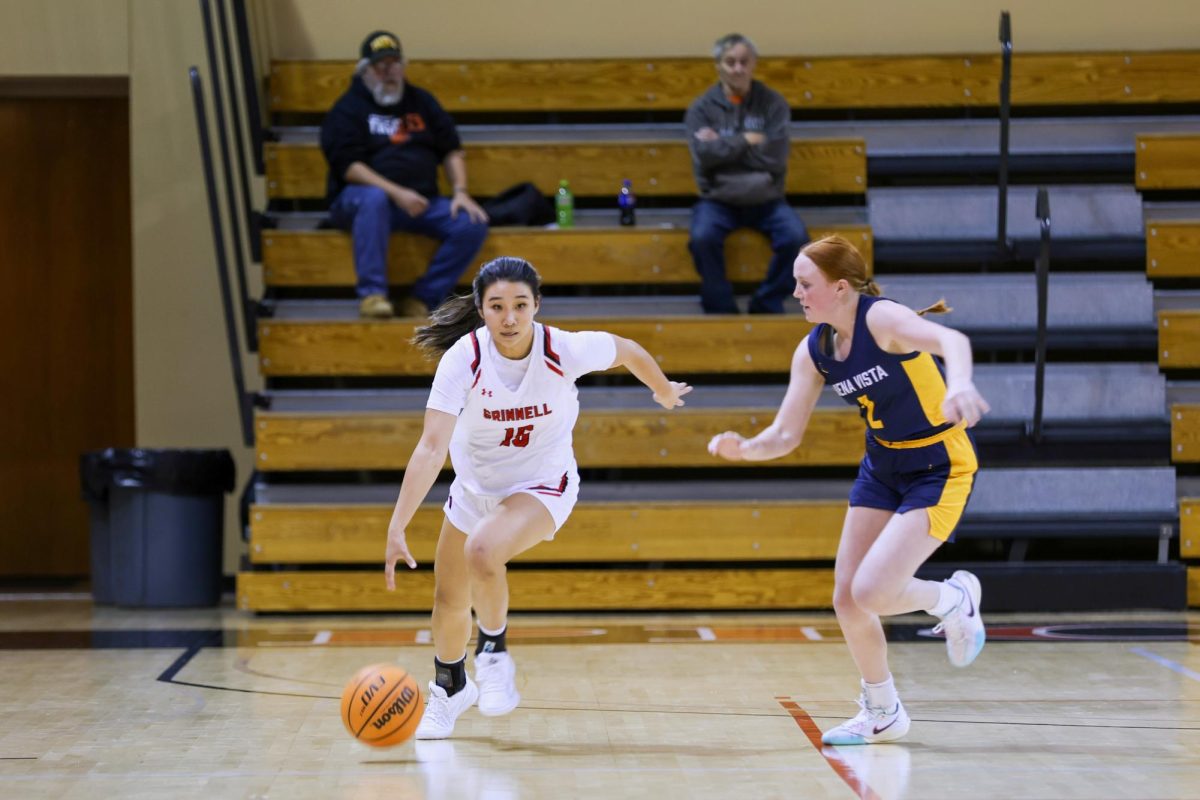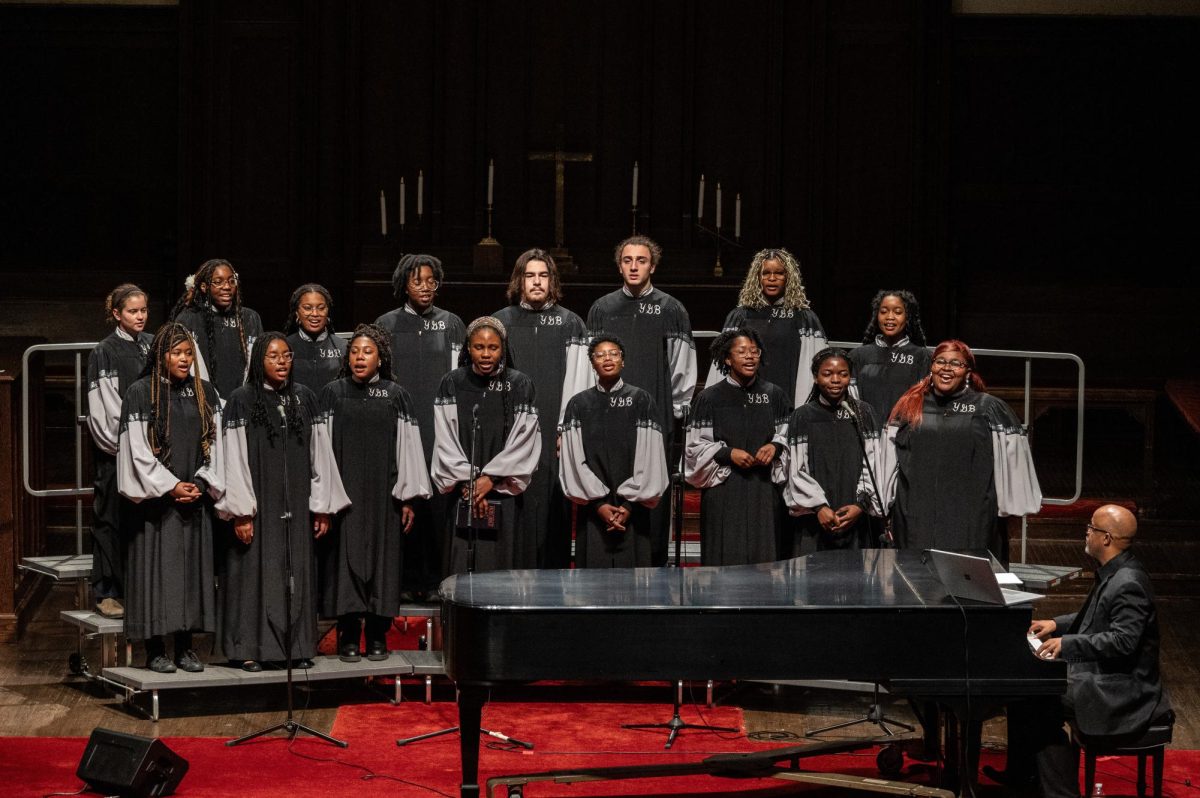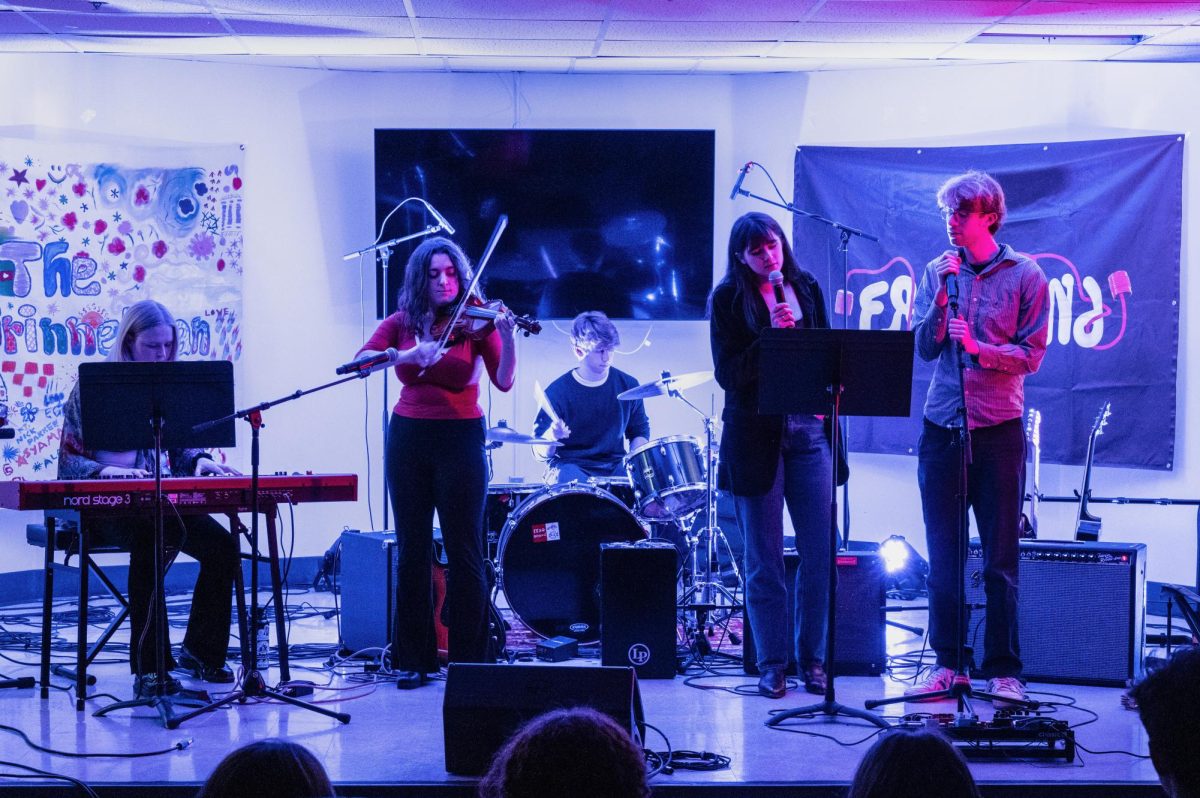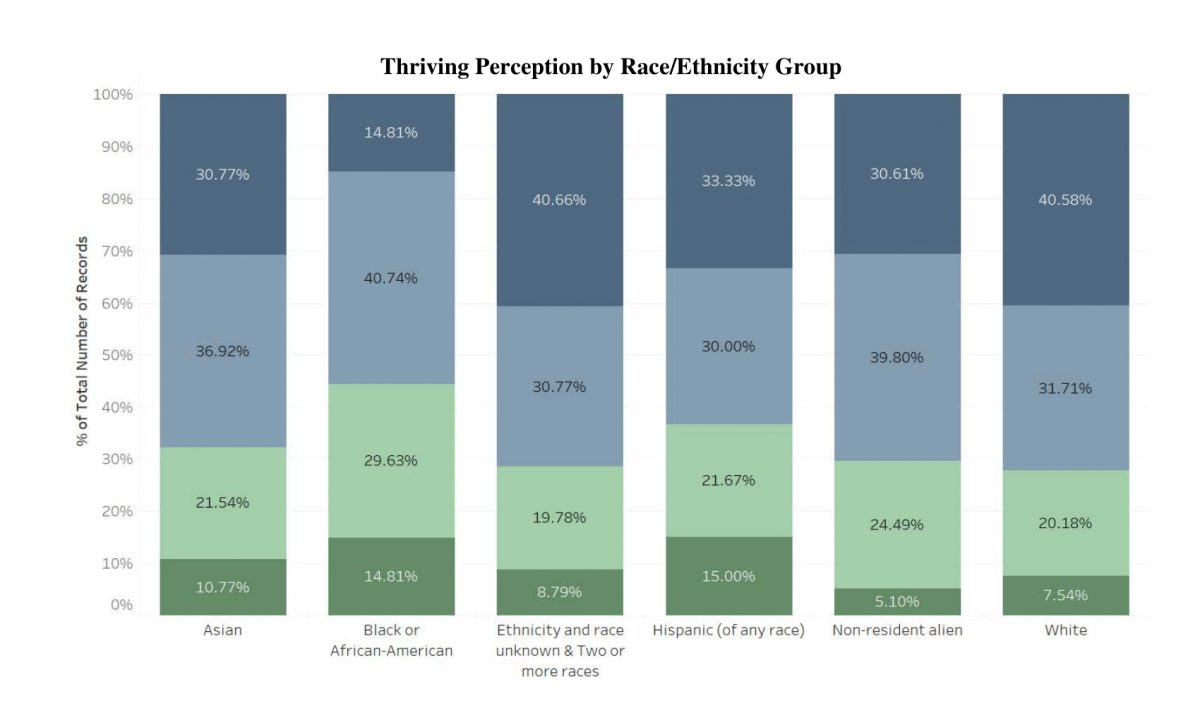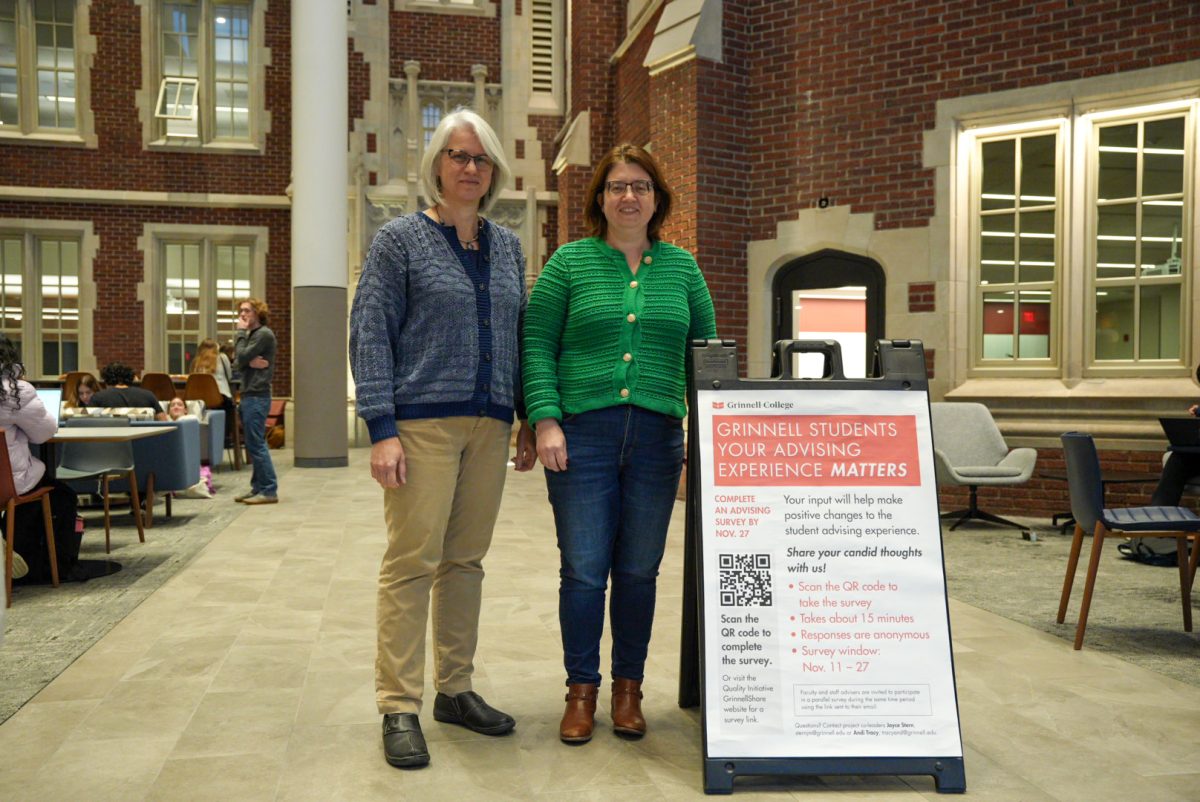“The Birdman of the Prairie,” a new exhibit at Grinnell City Hall, focuses on former Grinnell resident Billy Robinson. Curated by the Grinnell Historical Society, the exhibit, which opened Aug. 17, focuses on Robinson’s life and his contributions to the airplane. It also includes information on Robinson’s most famous invention, the radial engine, according to Board President for the Historical Society Cheryl Neubert.
The exhibit includes pieces of the plane Robinson crashed, a flight suit similar to the one he would have worn, aerial pictures Robinson took of Grinnell and a timeline of his life, Neubert said.
This collection and display of materials relevant to the history of Grinnell is inherent in the Grinnell Historical Society’s goals. “That’s part of the mission of the museum. We take in artifacts that have a strong Grinnell connection [and] are important to Grinnell. And it’s to educate the rest of Grinnell or the people that come to live here about what they are and who they belong to,” Neubert said. “That’s part of why we are proud of Billy Robinson.”
Robinson lived in Grinnell and briefly attended Grinnell College. “He was a local kid,” Neubert said.
Over his lifetime, Robinson gained fame for inventing oil-grooved piston rings, pontoon landing gear and the radial engine, according to an article by Grinnell resident Lynn Cavanagh. Neubert said that Robinson never patented his inventions, but that the U.S. government hoped to collaborate with Robinson to use the radial engine in World War I.
“That’s what people with those mechanical minds do, you know, they just they work at something and work at something,” Neubert said. “Feverish middle of the night kind of ideas … that’s how I picture him.”
Robinson also broke the long-distance flying record in 1914 with a flight distance of 390 miles, according to Cavanagh’s article. He was awarded a Medal of Merit for his work in the field of aviation, and in 1915 the American Society for Aeronautical Engineers named him one of their 119 charter members.
In 1916, Robinson died in a plane crash near Grinnell, and he is buried in Grinnell’s Hazelwood Cemetery, according to Cavanagh’s article.
Another tribute to Robinson is the Billy Robinson Field at Grinnell Regional Airport. Neubert worked to update the exhibit at the airport before deciding to create an exhibit for Grinnell City Hall, and the final City Hall exhibit was a collaboration between the Historical Society, the City, Neubert, Cavanagh and Jasper Cole-Kink, Neubert said.
The town of Grinnell also houses Robinson’s former workshop, which is located on Commercial Street and now houses the CPA firm of T.L. Baker. Neubert said that by visiting Robinson’s former workshop, residents can visualize where Robinson lowered the fuselage of planes and connect with the history of the town.
Neubert believes that Billy Robinson was significant to the field of aviation and that, as a Grinnell resident, Robinson is important to the town. “People can really connect with something that went on here in Grinnell.”
The exhibit can be viewed by the public 7:30 a.m. to 4:30 p.m., Monday through Friday.
